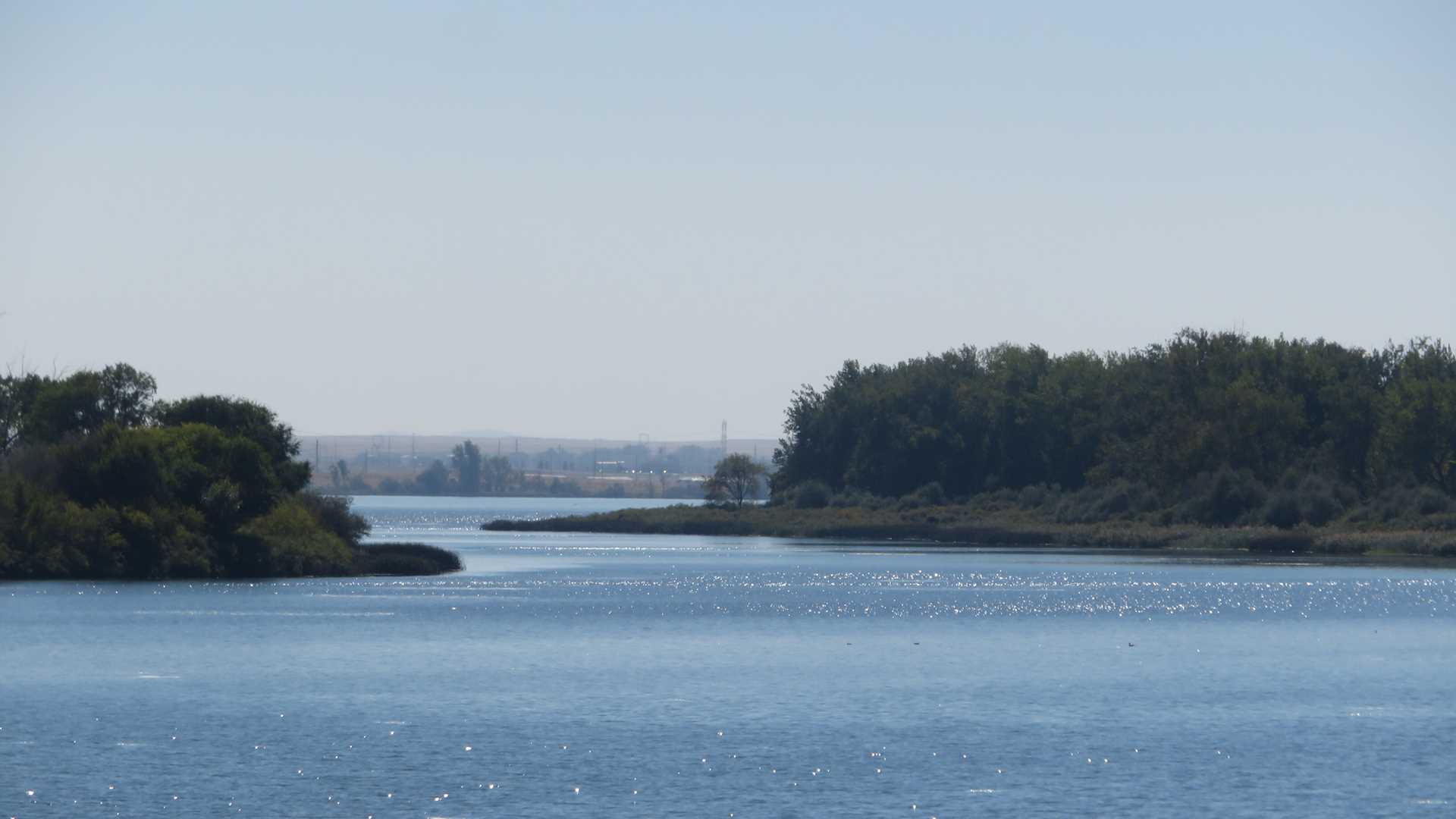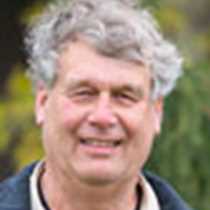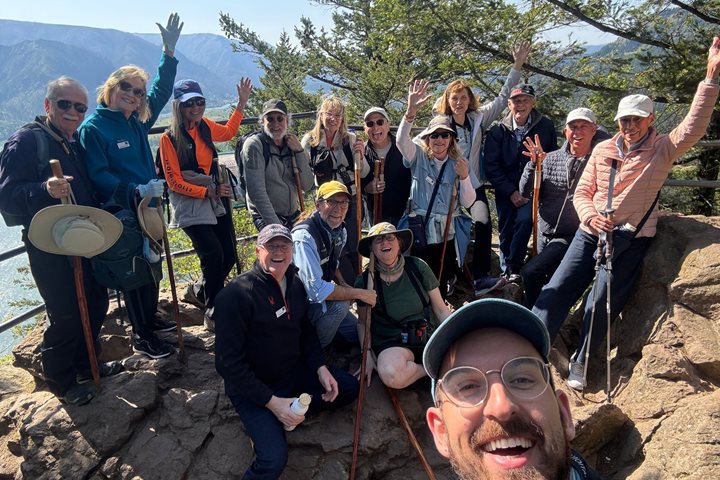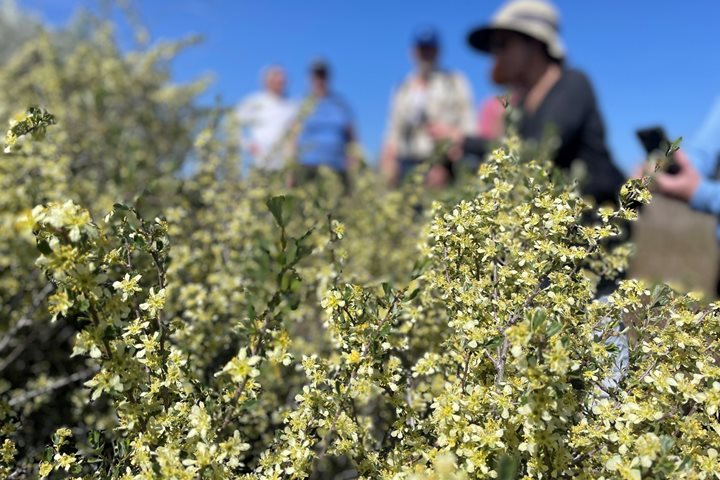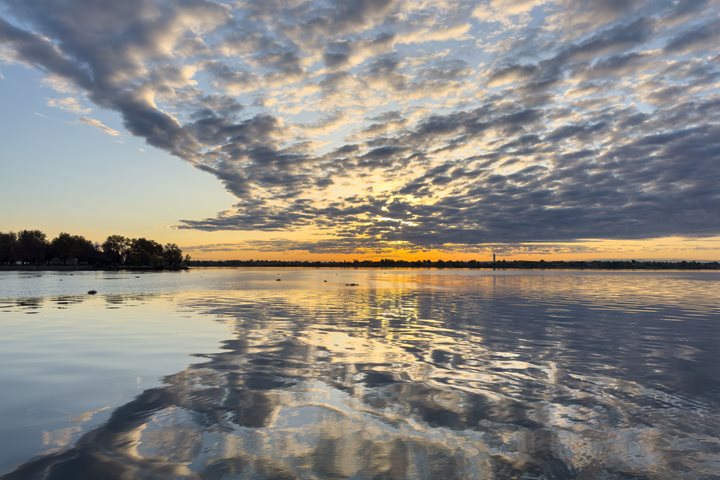Our beautiful autumn day started with National Geographic Quest anchored at Crow Butte Park on the Columbia River across from Boardman, Oregon at River Mile 201.
After transferring to the park, we divided into groups for our various walks. Some passengers walked the shore to a viewpoint of National Geographic Quest. Some enjoyed photo tours, and others took a walk with a 390-foot elevation gain to the top of the butte to see its impressive views. We observed signs of many different animals, including a nesting owl, a kangaroo rat, and many different birds. We also saw sagebrush and prickly pear cactus.
A steady breeze developed in the afternoon as National Geographic Quest raised its anchor, and we headed up the Columbia River.

